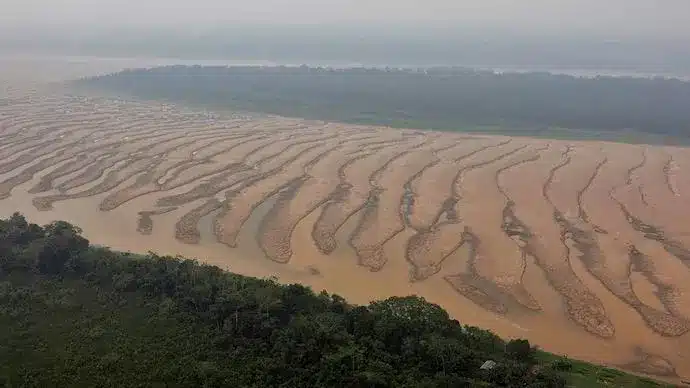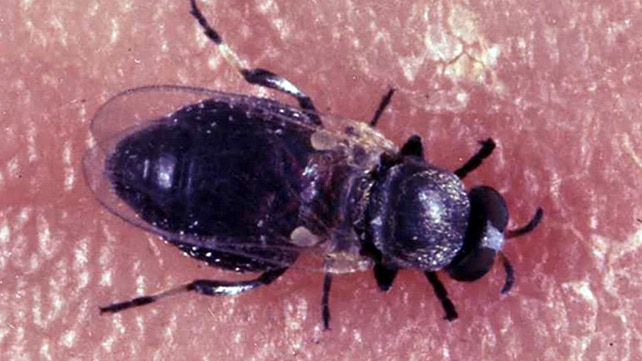About Amazon River:
- It is the world’s largest river by water volume and width and the second-longest river in the world after the Nile.
- Course: Its journey begins high in the Andes Mountains and empties into the Atlantic Ocean on the northeastern coast of Brazil.
- River basin:
- It has the largest drainage area of any river system.
- Its watershed spans the countries of Brazil, Peru, Ecuador, Colombia, Venezuela, and Bolivia.
- Roughly two-thirds of the Amazon’s main stream and by far the largest portion of its basin are within Brazil.
- The river’s size changes with the seasons. In the dry season, it spans 4 to 5 km in width, but during the wet season, this can swell to 50 km.
- Tributaries: Notable tributaries include the Rio Negro, the Madeira River, and the Xingu River, among many others.
- The Amazon Rainforest, which represents about half of the Earth’s remaining rainforest, also constitutes its single largest reserve of biological resources.
- It is sometimes referred to as the “lungs of the Earth” due to its role in regulating the planet’s oxygen and carbon cycles.
Q1: What is a River Basin?
A river basin is the portion of land drained by a river and its tributaries. It encompasses all of the land surface dissected and drained by many streams and creeks that flow downhill into one another, and eventually into the main river.
Source: Amazon River is drying: What’s going on with the largest river in the world?
Last updated on November, 2025
→ Check out the latest UPSC Syllabus 2026 here.
→ Join Vajiram & Ravi’s Interview Guidance Programme for expert help to crack your final UPSC stage.
→ UPSC Mains Result 2025 is now out.
→ UPSC Notification 2026 is scheduled to be released on January 14, 2026.
→ UPSC Calendar 2026 is released on 15th May, 2025.
→ The UPSC Vacancy 2025 were released 1129, out of which 979 were for UPSC CSE and remaining 150 are for UPSC IFoS.
→ UPSC Prelims 2026 will be conducted on 24th May, 2026 & UPSC Mains 2026 will be conducted on 21st August 2026.
→ The UPSC Selection Process is of 3 stages-Prelims, Mains and Interview.
→ UPSC Result 2024 is released with latest UPSC Marksheet 2024. Check Now!
→ UPSC Prelims Result 2025 is out now for the CSE held on 25 May 2025.
→ UPSC Toppers List 2024 is released now. Shakti Dubey is UPSC AIR 1 2024 Topper.
→ UPSC Prelims Question Paper 2025 and Unofficial Prelims Answer Key 2025 are available now.
→ UPSC Mains Question Paper 2025 is out for Essay, GS 1, 2, 3 & GS 4.
→ UPSC Mains Indian Language Question Paper 2025 is now out.
→ UPSC Mains Optional Question Paper 2025 is now out.
→ Also check Best IAS Coaching in Delhi

















